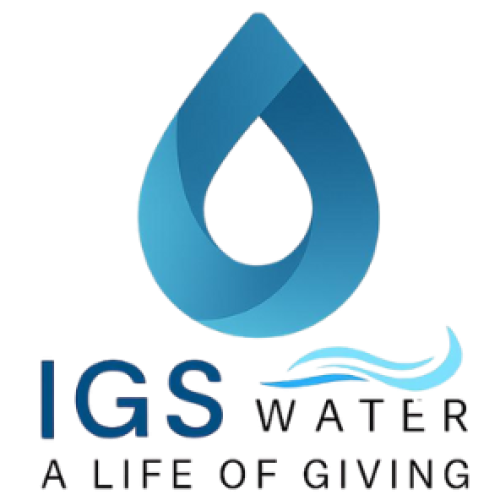Water may appear calm and clear on the surface, but what happens beneath determines the true health of an aquatic ecosystem. One of the most critical factors influencing water quality is dissolved oxygen (DO) — the amount of oxygen available in the water for fish, plants, and beneficial microorganisms to survive.
When oxygen levels drop, the entire aquatic environment begins to suffer. Understanding why dissolved oxygen matters and how to maintain it is key to preserving healthy water systems.
1. What Is Dissolved Oxygen?
Dissolved oxygen refers to the oxygen gas (O₂) that is mixed within water. Fish, aquatic plants, and microorganisms rely on it for respiration, much like humans depend on air.
Sources of dissolved oxygen include natural diffusion from the atmosphere, photosynthesis from aquatic plants, and mechanical aeration. However, various factors such as temperature, pollution, and stagnant water can significantly reduce oxygen availability.
2. What Happens When Oxygen Levels Drop
Low dissolved oxygen — also known as hypoxia — can turn a thriving water body into a lifeless one. Fish and other organisms begin to suffocate, and aerobic bacteria that break down organic matter are replaced by anaerobic bacteria that produce foul odors and toxic gases like hydrogen sulfide.
This leads to several visible and harmful effects:
- Fish kills and decreased biodiversity
- Algae blooms due to nutrient imbalance
- Unpleasant odors and murky water
- Accumulation of sludge at the bottom
- Poor overall ecosystem health
In severe cases, the water becomes so depleted that recovery becomes difficult without proper intervention.
3. The Role of Aeration and Nanobubble Technology
To maintain healthy oxygen levels, water must be properly aerated and circulated. Traditional aeration systems introduce oxygen into the water, but they often struggle to reach deeper layers or maintain consistent oxygen levels.
At IGS Water, we address this challenge through advanced aeration and nanobubble solutions designed to improve oxygen transfer efficiency and water circulation.
Our Pond Aeration Systems and Nanobubble Technology work together to:
- Increase dissolved oxygen levels throughout the water column
- Prevent stratification and stagnant zones
- Reduce algae growth and foul odors
- Support aquatic life and beneficial bacteria
- Restore balance to ponds, lakes, and reservoirs
Unlike conventional systems, our nanobubble generators produce ultra-fine bubbles that stay in the water for extended periods, allowing oxygen to remain available longer and distribute evenly.
4. Why Oxygen-Rich Water Matters
Healthy oxygen levels don’t just improve water clarity — they sustain life and promote natural balance. In aquaculture, higher oxygen levels mean stronger fish growth and better feed conversion. In wastewater and irrigation systems, it enhances water quality and prevents the buildup of harmful bacteria.
Whether it’s a commercial pond, golf course lake, or agricultural irrigation system, oxygen-rich water supports cleaner, healthier, and more productive environments.
5. IGS Water: Delivering Smarter Oxygen Solutions
At IGS Water, we go beyond traditional water treatment. Our goal is to deliver sustainable and intelligent solutions that improve water quality while reducing energy use and operational costs.
Through innovative technologies like nanobubbles and destratification systems, we help industries and communities take control of their water — transforming stagnant, polluted environments into clean and thriving ecosystems.
IGS Water — Turning Water Data into Decisions.

